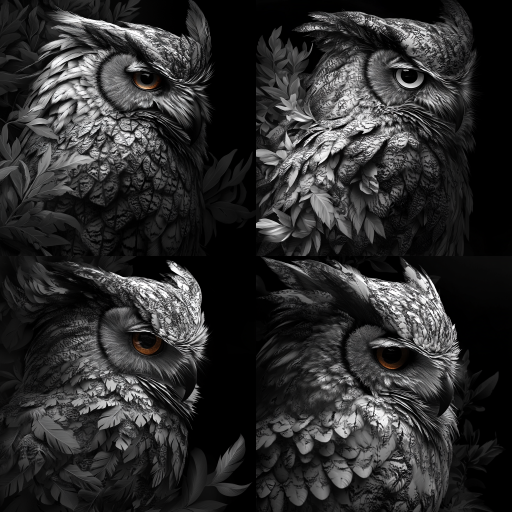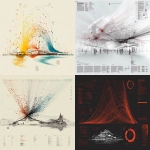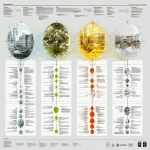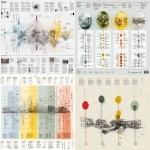Explore the Best AI Image Gallery

Riding the Cyber Nimbus: The Future of Cloud Computing in Creative Industries
Cloud computing, a technological paradigm shift, has dramatically altered the landscape of many industries. Yet, its transformative impact on the creative world is particularly noteworthy. By facilitating access to high-powered computing resources, innovative software, and vast storage capacities, cloud computing emerges as a critical tool for artists, designers, and creative professionals. This blog delves into the in-depth exploration of cloud computing advancements, their implications on the creative industry, and comprises contemplation on future directions.
Cloud Advancements and the Creative World
Tailor-made cloud services are now empowering creative individuals and enterprises to democratize their creative process. Services like Adobe Creative Cloud and Autodesk's A360 provide an array of professional tools, fostering collaboration and making sophisticated technology affordable and accessible. Artists no longer need state-of-the-art hardware as they can leverage powerful cloud-based tools to create and modify their work anywhere, anytime.
Future Prospects
As technologies like AI, VR, and AR continue to evolve, the cloud's role in the creative world is likely to deepen. Power-intensive applications such as 3D modeling, video editing, and animation will increasingly shift to the cloud, enabling creators to produce more exceptional, immersive, and complex work.
Potential Uses and Benefits
- Collaboration: Cloud computing promotes seamless, real-time collaboration, wiping out geographical barriers.
- Resource Management: It allows resources to be scaled up or down according to requirements, leading to cost-efficiency.
- Storage and Accessibility: The cloud facilitates infinite storage space and easy access to large, complex files.
- Security: Data stored on the cloud is more secure compared to local storage.
- Sustainability: Cloud computing reduces the carbon footprint by limiting the need for physical infrastructure.
Ethical Considerations
With the wide adoption of cloud computing, concerns over data privacy, intellectual property rights, and security have surfaced. It requires robust legal and regulatory structures to manage these ethical considerations effectively. The industry needs to strike a balance between harnessing the cloud's potential and ensuring ethical use of technology.
The Future is in the Cloud
The cloud is undoubtedly a game-changer for the creative domain, and its impact will only be more pronounced in the future. With continued advancements, expect transformative changes across industries, and particularly in the creative landscape.





](https://images.ai-img.art/thumbnails/150/9bfac23b6df1e372ace320fda84e18e5e2e668451feacef8c46af60a9f444ad6.webp)








](https://images.ai-img.art/thumbnails/150/93f6b867d7e0d1ef5b08c9115efd6d3cbcc0fcfe07dc47e55d9b3a50056a189e.webp)
](https://images.ai-img.art/thumbnails/150/3521ea1bce510dbac19d74a3e037e7179b754ae98e8a44c08863e51468c18caa.webp)



















](https://images.ai-img.art/thumbnails/150/469c20665b824a8c49e8b66856a2f9843e7a36c40760ace1e7fd5f2125a32e25.webp)













